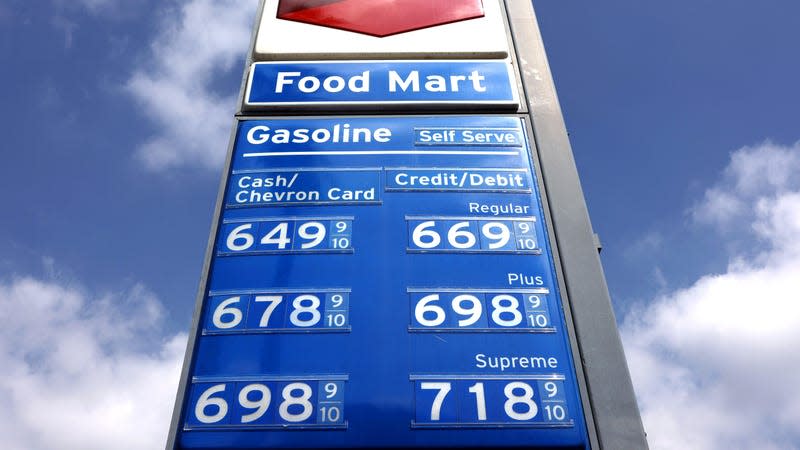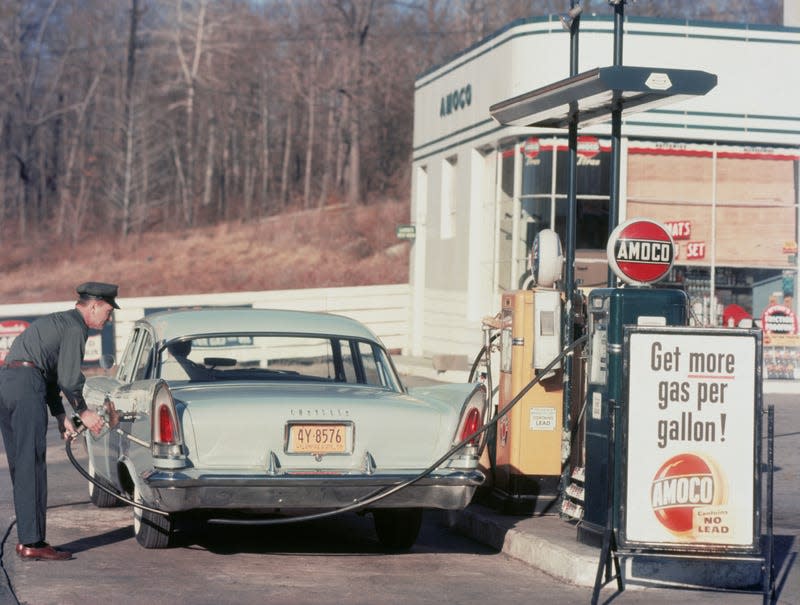This Is Why Gas Prices Always End In 9/10

Have you ever looked at gas prices and wondered, “why is there a fraction on my gas price?” It’s a standard practice across the country, but it’s rarely explained. It turns out it stems from early 20th century practices when sales taxes were first placed on gasoline sales to help fund highway construction and maintenance, and it’s perpetuated to mislead modern consumers into spending more money without realizing it.
A single cent in 1913 was equivalent to about 32 cents in 2024, and gas prices at that time were around 10 cents a gallon. Adding a full cent per gallon would have meant a 10 percent price increase per gallon, which is significant. This became especially prevalent once the great depression struck and families across the nation were thrust into poverty, so gas stations added fractional price increments to minimize the impact on consumers.


 Yahoo Autos
Yahoo Autos 